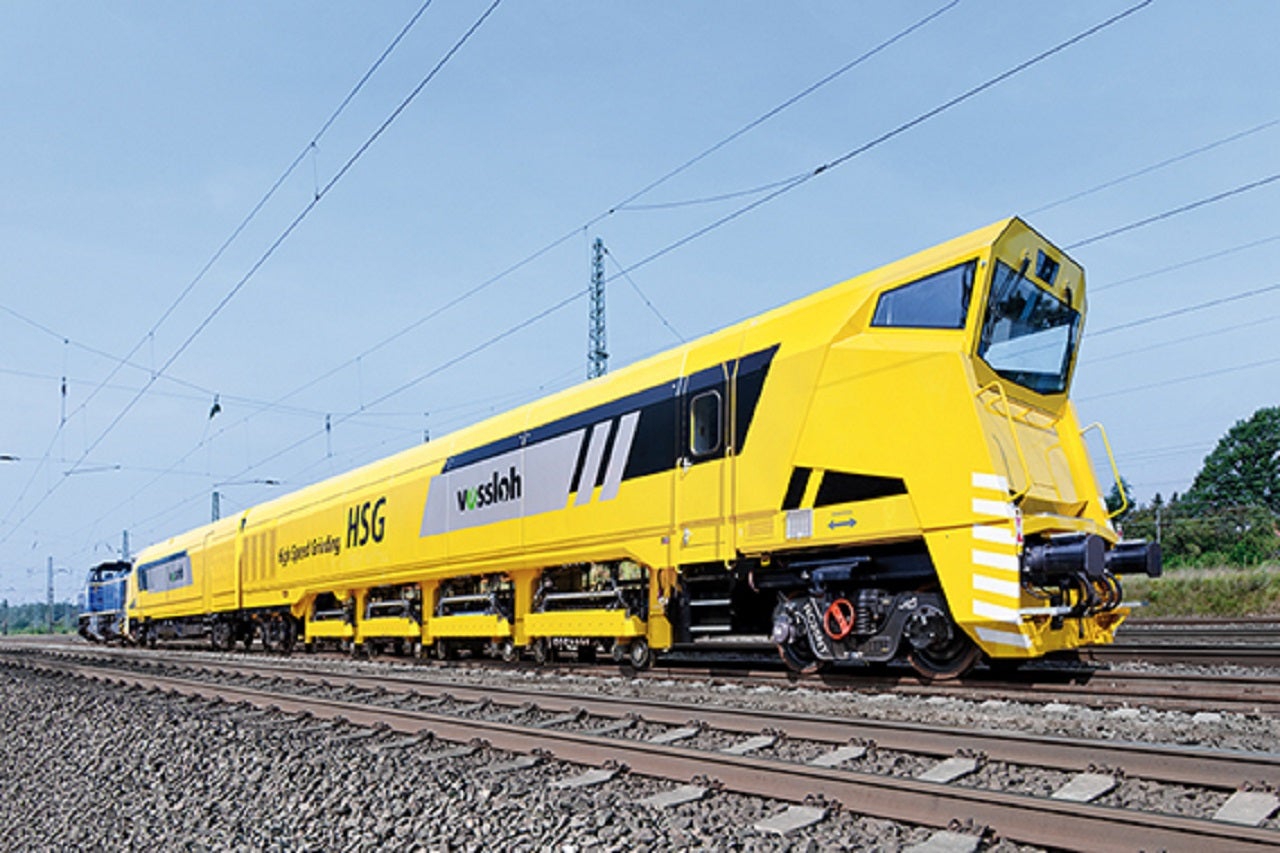
Rail technology company Vossloh’s Swedish subsidiary Vossloh Nordic Switch Systems has secured a multi-year order from Trafikverket for data-based condition monitoring of turnouts in the country.
Trafikverket is the Swedish Central Office for Transport.
Vossloh Nordic Switch Systems will jointly carry out the project with Deutsche Bahn subsidiary DB Systemtechnik.
The order covers sensor equipment and monitoring of Trafikverket’s 1,000 turnouts in the Swedish network.
During the process, sensor technology will be used to record data on selected parameters continuously in the track and automatically transmit to a Cloud-based platform owned by Vossloh.
The data is processed and converted into corresponding recommendations for action for the customer by using artificial intelligence (AI) based algorithms.
Vossloh CEO Oliver Schuster said: “The permanent sensor-based monitoring of the rail track forms the basis for condition-based and in perspective predictive maintenance of rail infrastructure. The resulting higher availability of tracks is a central requirement for shifting more traffic to the railway in the future.
“This order will allow Vossloh to leverage its uniquely broad understanding of the physics of rail track to maximise customer value.
“We are pleased about the trust and the further strengthening of our successful cooperation with Trafikverket. This forward-looking order underscores our outstanding position as a supplier of products and solutions in the field of rail infrastructure.”
The turnout is one of the most technically complex and maintenance-intensive elements of the complete rail track and is of particular importance in the context of the intended and, in view of climate change, an indispensable turnaround in mobility.



